Top SCADA Features for Battery Energy Storage Systems (BESS)
As Battery Energy Storage Systems (BESS) continue to evolve, the need for intelligent monitoring and control becomes essential. One system that stands out in delivering this capability is SCADA. In this post, we explore the most powerful SCADA features that make energy storage smarter, safer, and more efficient.
What Are SCADA Features?
SCADA features refer to the capabilities within a SCADA (Supervisory Control and Data Acquisition) system that allow for effective management of industrial assets. In the context of BESS, these features enable:
- Real-time monitoring
- Remote control
- Alarm and safety functions
- Historical data logging
- Predictive analytics
Each of these SCADA features enhances the operational efficiency and safety of battery energy storage systems.
1. Real-Time Data Acquisition
One of the most fundamental SCADA features is real-time data collection from all system components. This includes:
- Battery voltage and current
- State of Charge (SOC)
- System temperature and humidity
- Inverter status
- Grid connection health
Why it matters:
Operators can make immediate decisions based on live system insights, improving uptime and reliability.
2. Remote Access and Control
Modern SCADA features include web and mobile dashboards, which allow system operators to:
- Start/stop charging or discharging
- Adjust system setpoints
- Switch modes (e.g., grid support or peak shaving)
- Control HVAC or fire systems
Why it matters:
Remote capabilities reduce the need for onsite personnel and enable faster response to unexpected events.
3. Alarm Management and Safety Protocols
Among the most critical SCADA features is intelligent alarm handling. SCADA can detect and alert operators to:
- Overvoltage or undervoltage
- Temperature anomalies
- Fire or smoke detection
- Communication failures
Why it matters:
These alerts help prevent damage, enhance safety, and minimize downtime through quick intervention.
4. Historical Data Logging
SCADA systems continuously log all operational data. This SCADA feature provides:
- Long-term performance tracking
- Reporting for regulatory compliance
- Analytics for system tuning
- Data for warranty validation
Why it matters:
You can understand battery degradation, compare efficiency trends, and improve future deployments.
5. Predictive Maintenance and Asset Health
Advanced SCADA features now include predictive analytics. This involves using data patterns to:
- Detect battery aging
- Identify inverter stress points
- Schedule HVAC maintenance
- Forecast potential failures
Why it matters:
Rather than reacting to failures, SCADA allows operators to take preventive action, saving cost and avoiding downtime.
6. Integration with EMS and Renewables
Another top SCADA feature is seamless integration with:
- Energy Management Systems (EMS)
- Solar and wind power inputs
- Load forecasting tools
Why it matters:
This ensures balanced energy dispatch and helps optimize cost savings across renewable and storage assets.
Final Thoughts: SCADA Features Drive Smarter Energy Storage
In today’s fast-moving energy landscape, SCADA features are the digital foundation of effective BESS management. From remote control to predictive insights, each feature plays a critical role in keeping storage systems smart, responsive, and secure.
As energy demands grow and decentralized systems become the norm, investing in advanced SCADA features isn’t just a good idea—it’s a necessity.


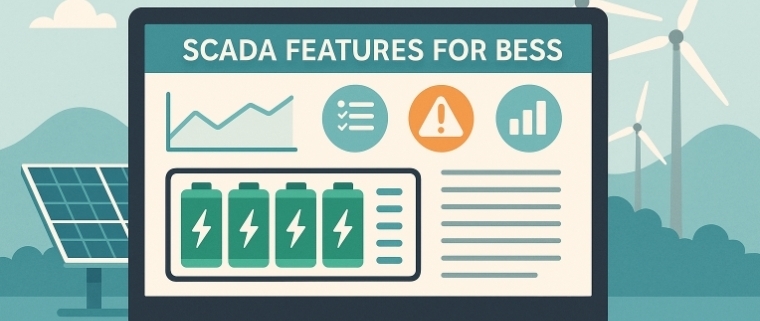
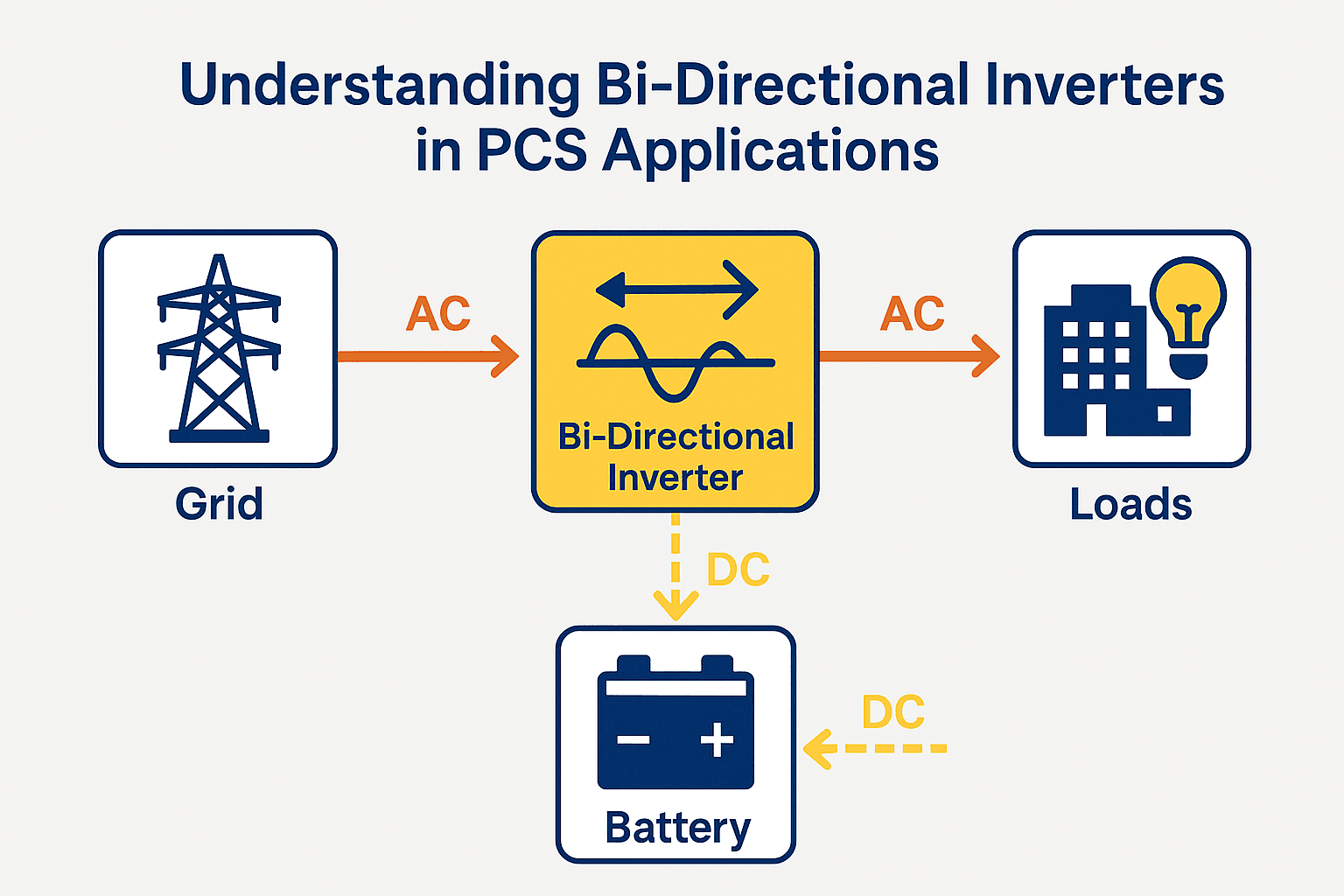
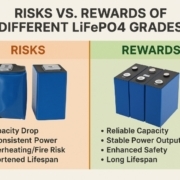
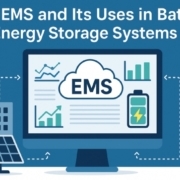

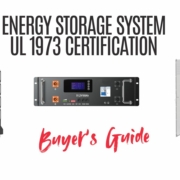


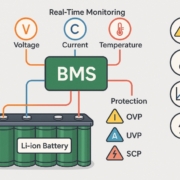


Trackbacks & Pingbacks
[…] is flammable and can leak easily, so storage systems must follow strict safety standards. Modern storage tanks and systems are designed with multiple […]
[…] SCADA and EMS be integrated into one platform?Yes. Many vendors offer combined platforms or modular systems where EMS sits on top of […]
[…] Real-time monitoring […]
[…] stands for Supervisory Control and Data Acquisition. It is a software-based control system that allows for real-time monitoring, data collection, and […]
Leave a Reply
Want to join the discussion?Feel free to contribute!